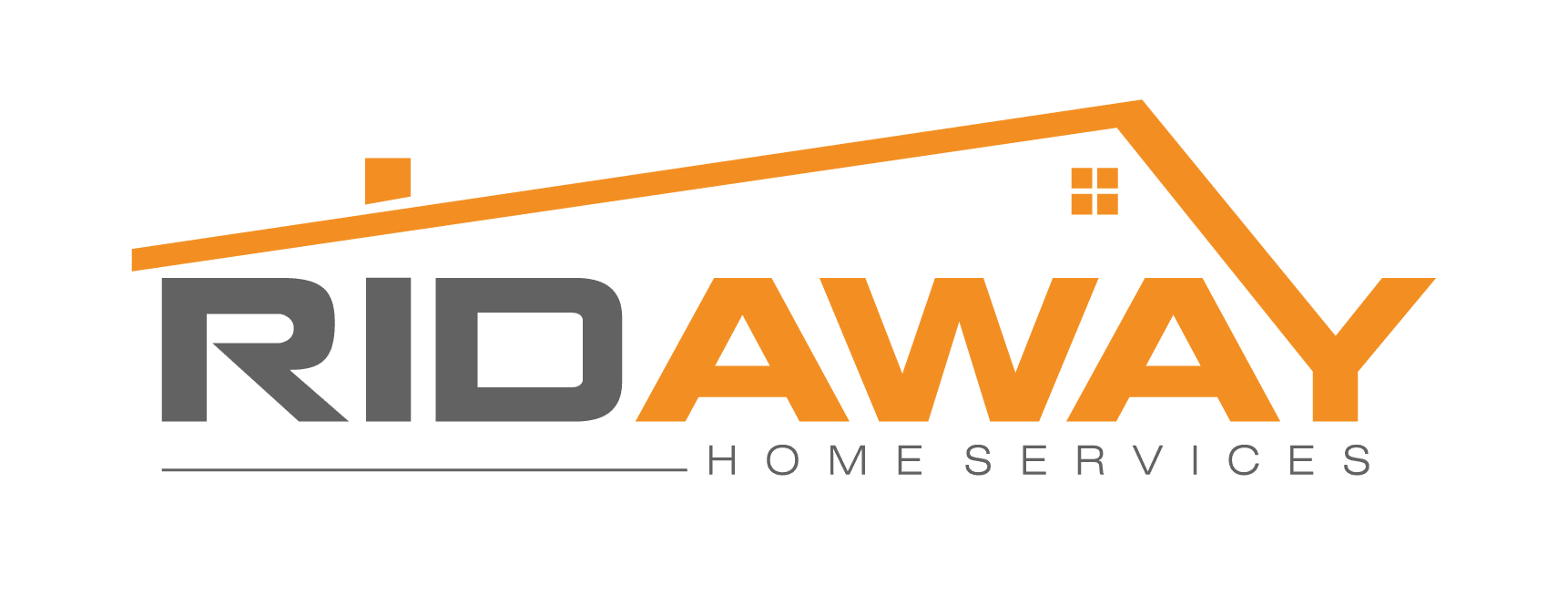Mold in your air ducts is not just a nuisance; it's a health hazard. Mold spores, known as Mycotoxins can travel through your home, affecting the quality of the air and potentially setting off allergies or respiratory issues. It can also exacerbate asthma, and can cause disorders in people with weakened immune systems. Knowing the signs of mold in your HVAC system and what to do about it can protect both your family's health and your property. Here's how to determine if you have mold in your ducts and what you should do about it.
1. Unpleasant Odors
Sign: There is a musty or earthy smell in the air of your house, which may indicate that you have mold growing inside your home. Most people describe the smell associated with mold as pungent, and it gets worse whenever your HVAC system is operating to distribute the smell around your air ducts.
What to Do: Check out your ventilation and the air around your heating and air conditioning unit and try to establish where the odor is coming from. If the odor does not cease to exist, then call a professional service HVAC person or mold removal service professional. They could inspect your ducts to find where you may be experiencing mold. Then they can safely remove the mold accumulation.
2. Visible Mold Growth Around Vents and Ducts
Sign: All mold spores located above an air vents or on either side by the intake section of the HVAC mean possibly, in its duct is mold. Mold happens to produce black, white, green, and brown spores and groups over moist parts.
DO NOT Try to clean visible mold with household cleaners on ventilation system vents or ducts. Most household cleaners may just stir up spores and make them worse in the air. Call a qualified mold remediation professional, who will properly remove mold from your air ducts and HVAC components.
3. Increased Allergy or Respiratory Issues
Sign: Mold spores can cause allergic reactions even in a person who had no previous respiratory conditions. If you or any of your family members are sneezing more than normal, coughing, having itchy eyes, or feeling respiratory problems, then there is mold inside your air ducts.
What to Do: Call in a professional to inspect your ducts for confirmation of mold spores circulating through the HVAC system. In the meantime, using a superior air purifier will go a long way in bringing down airborne contaminants and improved indoor air quality.
How to Prevent Mold Growth in Your Air Ducts
Reduce Humidity: You have to keep the relative humidity below 60%, most preferable around 30-50%, and this is because mold cannot develop unless it is damp and musty.
High Efficiency Air Filter: Use an air filter with a high MERV rating; it captures the mold spores before the same spores are airborne in the air.
Annual Cleaning and Inspection Cleaning of the HVAC every year, or annually during major servicing helps to give early warning signs of most issues which means keeping your air system clean of mold growth.
What If It's Too Late?Well, if the mold growth is already out of your control, the best thing you can do is to contact a Mold Removal Professional like RidAway. It is EPA-Approved, state-licensed and industry-certified, and uses non-toxic pesticides that leave your home safe to return to.RidAway toxic mold spores so you can breathe clean, healthy air once again.

